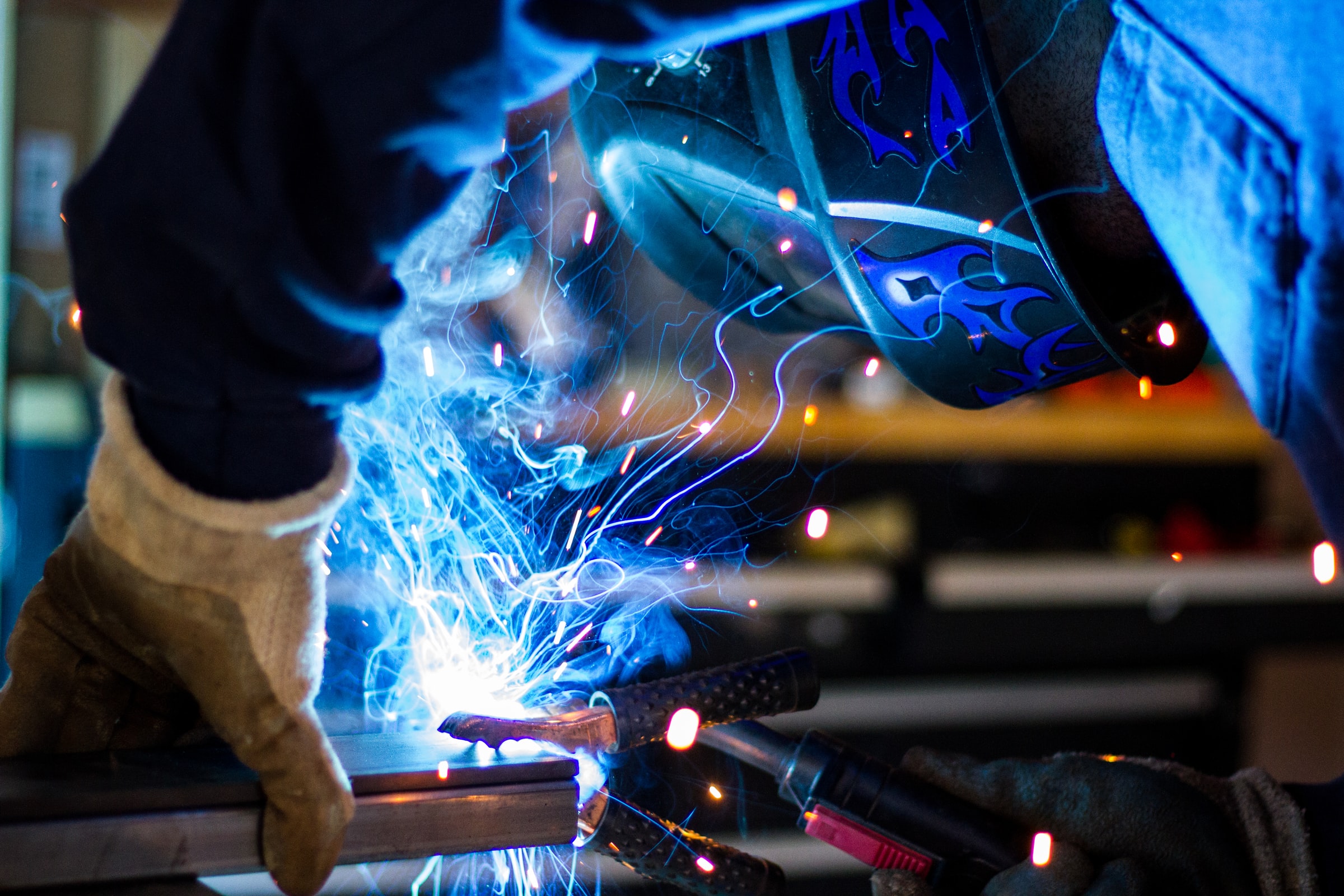There is a certain beauty in being able to create things with your tools and the hands that hold them. One of the most common materials found in modern times is metal. There are so many different kinds that it’s almost impossible to run out of material. Welding is the process of applying extreme heat to two pieces of metal to create a strong bond between them.
So it makes sense to learn a trade that involves working with abundant materials. So, if you are planning to do your welding projects, there are some things that a proper welder should know. So, without further ado, let’s dive into this blog and learn some of the things everyone ought to know about welding.
1. Safety precautions

Remember that when you are welding, you are dealing with high temperatures and heat. Always remember that welds are created by melting two components and then solidifying them into one piece. You should always have the proper safety equipment even before you begin. The most important items are safety glasses, welding gloves, a self-darkening helmet (to protect your eyes from flash), and a fireproof jacket.
You’ll also need ventilation, so you don’t breathe in harmful fumes after welding. Finally, always make sure you stay away from flammable materials when welding. Sparks are sure to fly, and they can easily ignite flammable materials if you’re not careful.
2. Welding procedures
There are three main types of welding processes: wire welding, stick welding, and TIG welding. Each of these processes has specific uses, but for the sake of brevity and relevance (since this article is aimed at beginners), we’ll focus on the welding process you’ll probably learn first: stick welding.
Stick welding, also called shielded metal arc welding (SMAW), is a welding process that uses a stick-shaped electrode (hence the name) to heat metals. Shielded metal arc welding is considerably slower than MIG welding, but it is more forgiving when welding rusted or dirty metal. For this reason, SMAW welding is ideal for beginners.
3. Materials

As mentioned earlier, there are different types of welding processes, all of which have their characteristics. This is necessary because certain welding processes are better suited for certain types of metal depending on what material you are working with. Aluminum, steel, and stainless steel all have different properties, and for this reason, you should always ask which materials are best for learning.
4. The input voltage
Finally, you also need to consider the input voltage. This is much easier than the previous items on this list, as there are only two types of input voltages, and they are also readily available in most homes. Generally speaking, the thickness of the material you are working with will determine the type of voltage you need. For thinner materials, 110 volts is sufficient to get the job done. For thicker materials, you will need 230 volts.
5. Different types of welding

Welding offers a multitude of unique opportunities and specializations in a number of different industries. You can work indoors and outdoors as a welder and help rebuild bridges, highways, and buildings. There are different types of welder jobs in different geographic locations, which means you can also live in different places across the country.
As a welder, you can also be involved in the construction of new power plants as well as gas and oil pipelines. There are also a number of different skills you can learn and certifications you can obtain. The American Welding Society offers nine different certification categories that will help you improve your knowledge and skills and be more competitive in the marketplace.
Looking for help?
Are you in Melbourne? Are you looking for a laser cutting company? Then look no further because Dennis Welding and Fabrication is here to help you out with all your needs. They are the leaders in industrial metal works in Australia. They offer a wide range of services, including custom metal fabrication and repair, welding fabrication and repair, plasma cutting, sheet metal fabrication, sandblasting, industrial furniture fabrication, table legs, TV stands, and more.
Equipped with the latest technology and materials, our highly skilled team is able to deliver services seamlessly to the highest standards. Rest assured, they can handle any project regardless of the size or scope. They serve clients throughout Melbourne, Box Hill, and Thomastown. So, what are you waiting for? Give them a call today to learn more about their wide range of services.


Pingback: Top 5 Things To Know About Laser Cutting (part 2) | Golocal business